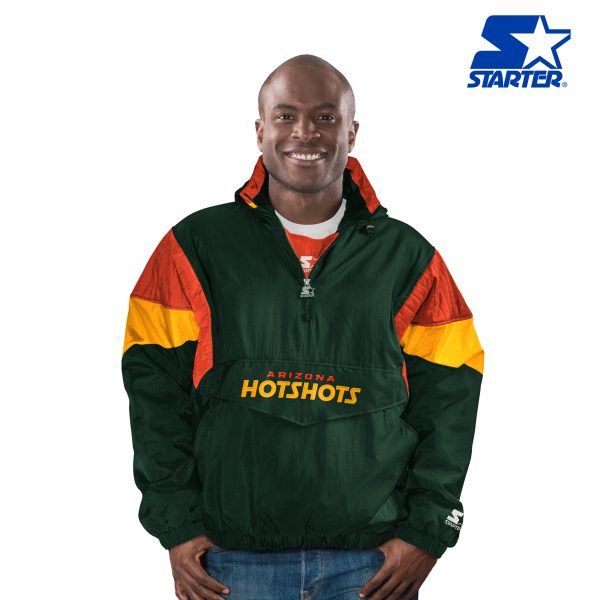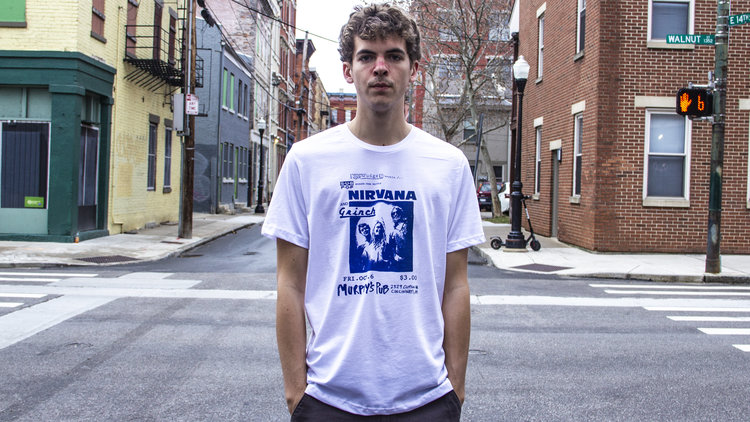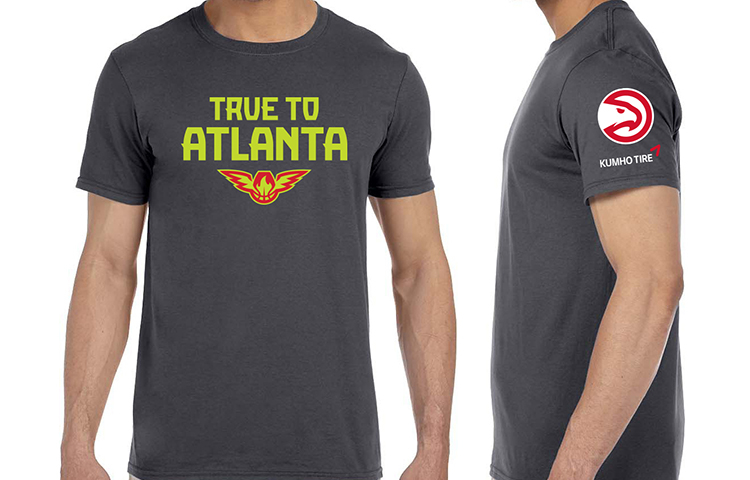Big news coming out of Nike this week. A New York Times article described a toxic work environment that eventually led a group of women inside the company’s Beaverton, Ore. headquarters to revolt and at least six male executives to resign.
The women secretly interviewed their fellow female coworkers to find out if anyone else had been a victim of sexual harassment or gender discrimination. It turns out, most of the women were made to feel, at the very least, marginalized and excluded, and at worst, the victims of inappropriate behavior. When they took their complaints to human resources, the women did not get the feeling that their complaints were being taken seriously. Repercussions never happened.
Once the group collected their findings, they handed the packet of completed questionnaires to Mark Parker, Nike’s CEO. Following this, a half dozen top male executives left or said they were planning to leave the company, including Trevor Edwards, president of the Nike Brand, and Jayme Martin, Edwards’ lieutenant. Other departures included the head of diversity and inclusion, a vice president in footwear, and a senior director in the basketball division.

According to The New York Times, Nike has responded to the problem by beginning a comprehensive review of its human resources operations, including revising its internal reporting procedures.
(It’s a long one, but the full story, filled with in-depth interviews and reporting from The New York Times, is worth a read. Go check it out.)
Interestingly, though, it seems that even in the midst of a major scandal, Nike hasn’t experienced much fallout, at least in public perception. In addition, the news hasn’t exactly hit social media the way other scandals in the #MeToo movement have. In fact, had we not picked up the Sunday New York Times looking for a book review, we might not have heard about it ourselves. That’s not for lack of coverage—most major media outlets covered it. For one reason or another, people just aren’t talking about it. And it’s resulted in a strange lack of outrage directed at Nike.
Fast Company wrote about that very phenomenon. According to the site, consumer research firm YouGov BrandIndex found that people still have very favorable feelings toward Nike, even after the recent sexual harassment and gender discrimination allegations.
The research firm’s daily surveys of 4,800 people in the U.S. found that the perception of Nike has remained at normal levels. Even crazier, women have had “a more consistently favorable view of Nike than men during this time.” There’s no information on why this could be. BrandIndex posits this could be because CEO Mark Parker acted quickly to respond to the crisis, and that Nike could be described as a “Teflon” brand, which means it has such a stronghold over its consumers that is is impervious to scandal.
Fast Company considered that the opposite could also be true. Perhaps Nike’s track record of ongoing, steady bad press has caused people to tune out negative news about the company.
For now, Nike is obviously very lucky, from a business standpoint. The fact that its consumer sentiment rankings remain unchanged truly seems like an enigma. While we won’t make the leap that consumers care more about the end-product than the means to the end-product, it certainly seems strange that this major scandal wouldn’t create more fallout, especially in the current political climate.
Perhaps it’s more of an issue of exposure. While the major news outlets have all covered the story, it’s yet to catch on in social media circles. With the news already several days old, it’s unlikely it will ever make the huge social impact it should have made in the first place. This seems like it could be a major factor in why consumers seem completely unaffected.
Either way, a toxic workplace environment can ruin a business, whether the public cares or not. Eventually, it could hurt a company’s recruiting ability. In the athletic apparel world, maybe competitors like Adidas and Under Armour now have a window to poach the top talent, gaining a competitive advantage over their longtime rival.



